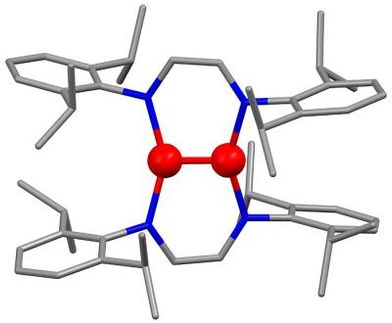Harvard University and Rohm and Haas Electronic Materials Sign License Agreement for Atom Layer Deposition Technology
Advertisement
Harvard University's Office of Technology Development (OTD) and Rohm and Haas Electronic Materials announced the signing of an agreement licensing to Rohm and Haas a novel class of metal amidinate compounds useful for making thin films of metals and metal compounds by atomic layer deposition. Under the terms of the agreement, Rohm and Haas has exclusive rights to manufacture and market the amidinate compounds to semiconductor manufacturers.
The technology, which is being developed in the lab of Roy Gordon, the Thomas D. Cabot Professor of Chemistry in Harvard's Faculty of Arts and Sciences , addresses needs highlighted on the International Technology Roadmap for Semiconductors (ITRS). Atomic Layer Deposition, or ALD, is a technique for making thin films that deposits a single layer at a time with the thickness of only one atom. ALD provides exceptional control of the thickness of the thin film. As features on a chip decrease in size below 45 nm, ALD is predicted to be an essential technology for making such small chips.
Rohm and Haas Electronic Materials will produce these unique compounds at its North Andover, MA, facility. As part of the agreement, the company will collaborate with Harvard scientists to further develop this technology for advanced atomic layer deposition and chemical vapor deposition (CVD) processes.
According to the company, the amidinates developed by Harvard are ideally suited for advanced high-k dielectric, metal gate and barrier/adhesion layers and will provide manufacturers with improved functionality, throughput and thermal stability for emerging ALD and CVD processes required in 45 nm and below semiconductors, such as memory and logic devices.
Most read news
Topics
Organizations
Other news from the department science

Get the chemical industry in your inbox
By submitting this form you agree that LUMITOS AG will send you the newsletter(s) selected above by email. Your data will not be passed on to third parties. Your data will be stored and processed in accordance with our data protection regulations. LUMITOS may contact you by email for the purpose of advertising or market and opinion surveys. You can revoke your consent at any time without giving reasons to LUMITOS AG, Ernst-Augustin-Str. 2, 12489 Berlin, Germany or by e-mail at revoke@lumitos.com with effect for the future. In addition, each email contains a link to unsubscribe from the corresponding newsletter.





























































